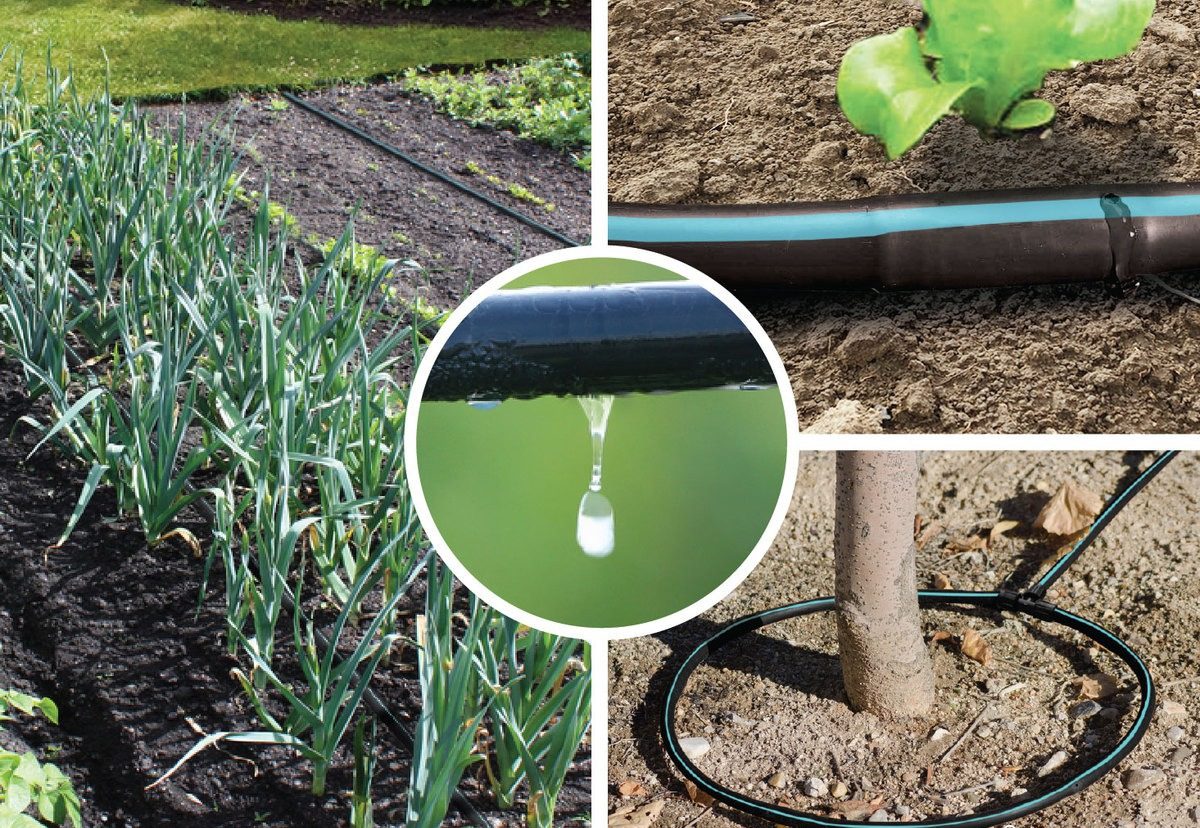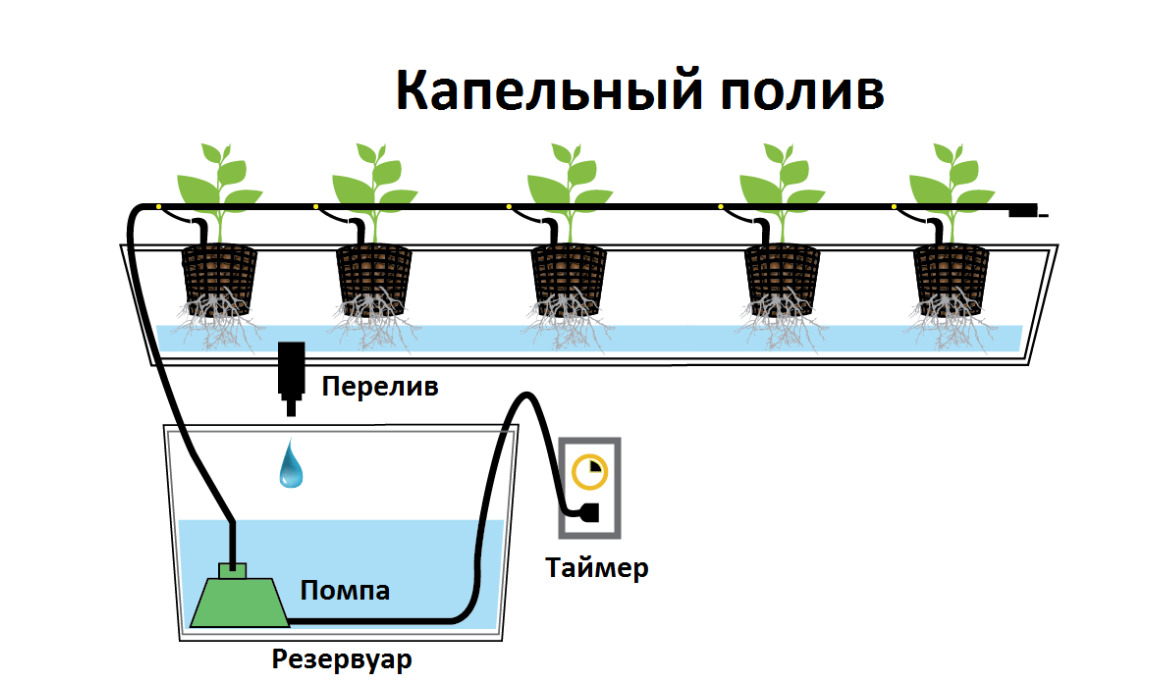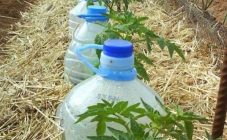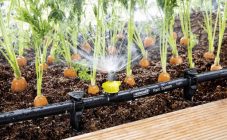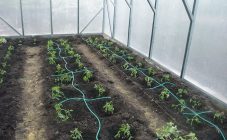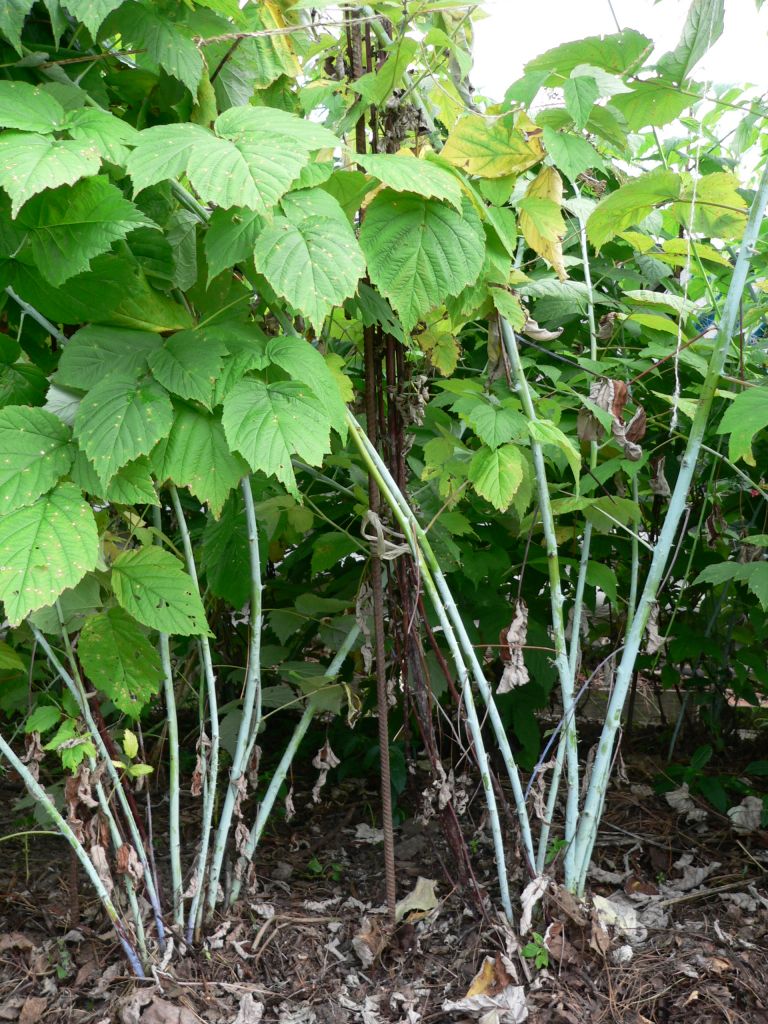Content:
Optimization of crop production is relevant both for large enterprises in the industry and for owners of private plots growing products for personal consumption. Watering is one of the most important points that can significantly save resources. Drip irrigation in the greenhouse will allow much more efficient use of moisture. In addition to saving an expensive resource, such a method will help to ensure an automatic feeding of plants, which will have the best effect on the quality of the final product.
The benefits of drip irrigation
The easiest way to get water to the plants is by diverting it into the channels between the beds, but this is an extremely uneconomical method. Sprinkling technology also has its drawbacks. When growing some crops, it is undesirable for droplets of water to get on the fruits and leaves. The liquid that gets on the leaves works like a magnifying glass, burning out plant cells, spoiling the appearance of products. The drip irrigation system for the greenhouse is devoid of these disadvantages.
The effectiveness of the method pushes greenhouse owners to pay close attention to it, since it makes it possible to optimize the process of growing the desired crops, while having significant advantages:
- save water;
- to increase the efficiency of applied fertilizers;
- improve the quality of manufactured products;
- increase productivity;
- deliver water directly to the root system without loss;
- reduce the risk of disease;
- maintain air circulation in the ground;
- significantly reduce the possibility of weed growth.
Additional advantages of the method include the ability to control humidity in the greenhouse. This is especially true when growing crops that do not tolerate high humidity, which is inevitable with sprinkling and ordinary watering.
The principle of operation of the drip irrigation method
The system can be connected to the water supply line or to a storage tank, for example, a conventional barrel. The tube system is formed individually, depending on the location of the beds, the crop being grown. The holes are made in close proximity to the root system. Therefore, it is necessary to plan all work from the design stage. It is important to know: what types of crops will be grown in the greenhouse, at what distance the plants will be planted from each other, how much water they need. The data will make it possible to correctly select the diameters of the pipe and holes for irrigation, the route of laying.
Greenhouse drip irrigation system design
With the outward simplicity and cheapness of the method, it requires the fulfillment of certain norms, non-observance of which will not bring the desired result. An irrigation system for a greenhouse is designed based on the following data:
- total area for installation;
- water supply method;
- prospective cultivation crops;
- features of equipment for drip irrigation;
- method of control, system management.
Calculate the number of plants that need irrigation throughout the greenhouse area. Then the amount of daily water consumption is determined.This should be done according to the average rates recommended for each type of crop. Make up a diagram of the location of irrigation points. So for tomatoes, the daily water consumption is 1.5 liters. Cucumbers need more - 2 liters. To water the cabbage, you need 2.5 liters per day. The distance between the bushes is determined by the variety, type of plant and can range from 20 to 50 cm.
Simple arithmetic will help determine the number of watering points. On personal plots, the owners make small structures. Plants do not need a lot of water, it is enough to organize drip irrigation for the greenhouse from an ordinary barrel. That is, there are about 100 seedlings on the cultivated area. If the area is designed for 200-300 plants, then you need to accumulate 400-600 liters for daily watering, respectively, you need to install 2-3 standard 200 liters of barrels, or make a container of the required volume. When connecting the system to a centralized line, it is necessary to install special controllers that guarantee the set pressure, exact irrigation time, and the amount of moisture supplied.
Equipment and accessories for the arrangement of drip irrigation
There is a range of products for drip irrigation installation on the market. You can choose either a ready-to-install kit or purchase all the accessories separately in the required quantity. However, with small volumes of plants, you can use the advice of savvy masters and organize watering from plastic bottles - everything is ingeniously simple. Water is absorbed by gravity into the soil as it is consumed. Good method for growing in pots, small individual boxes and containers, which can be located not only in greenhouses, but also in the house. A medical drip kit is sometimes used for suspended structures.
A complete water supply system is assembled from the elements intended for this, or replaced with similar ones used in the assembly of water supply routes, for example, a polypropylene fitting, shut-off valves. PVC products are widely used - they are inexpensive and durable. For small bends, a drip is often used, which has high quality, flexible tubing.
The commercially available plastic kit consists of:
- drip tape;
- connecting elements (connectors) with seals;
- filter;
- shut-off and control valves;
- fittings;
- repair kit.
Of the additional equipment, a timer can be noted to control the irrigation time and a pump, if you need to fill a container from a well, a well, a natural source of water supply. There is a special controller on sale for system connection. A pipe is brought to it and the locking mechanism is triggered according to a given program, opening the water at a given time for the required number of minutes, hours. The device is extremely useful when it is impossible to constantly be nearby and control the irrigation regime. Human participation in plant care is minimal in this case.
Water source for drip irrigation system
Small greenhouses with an area of 10-12 m² can be equipped with a gravity-flow device. The scheme is simple, without a pump, automation devices. It is important to pour water into the storage tank at the time. You can fill it from a natural source: lake, river, spring. You can use liquid from a well, a temporary accumulation of melt, rainwater. However, these sources cannot be a guarantee for greenhouses that they plan to use as a business, even a small one.
Centralized routes can provide a stable water supply for large irrigated areas. Connection to them is coordinated with the corresponding services. Control over the consumption of water resources is tightened today and with large consumption, permission from the federal services is required.The need to save money is forcing entrepreneurs today to actively switch to drip irrigation using centralized utility lines.
Drip irrigation system launch
All structural elements are tested before operation. When supplying water, measure its consumption, the timer operation time on the controller. Check the pipes for possible leaks and water losses. If no shortcomings have been identified, you can safely connect the system. During use, it is necessary to regularly inspect all elements of the irrigation structure.
It is safe to say that a drip irrigation greenhouse is more efficient than usual. For some crops, productivity increases can be up to 200%, so installing equipment for this irrigation method is justified in every sense. For example, high-tech agriculture in Israel, a country where there is practically no water and land, provides the population with products of its own production all year round. Almost 100% of crops are drip irrigated. The export of vegetables, fruits and berries to the countries of Europe and Asia is increasing from year to year. Using the method wisely in favorable Russian conditions, you can achieve impressive results. A small greenhouse is able to "feed a family" and, if desired, become a tool for running a successful business.
